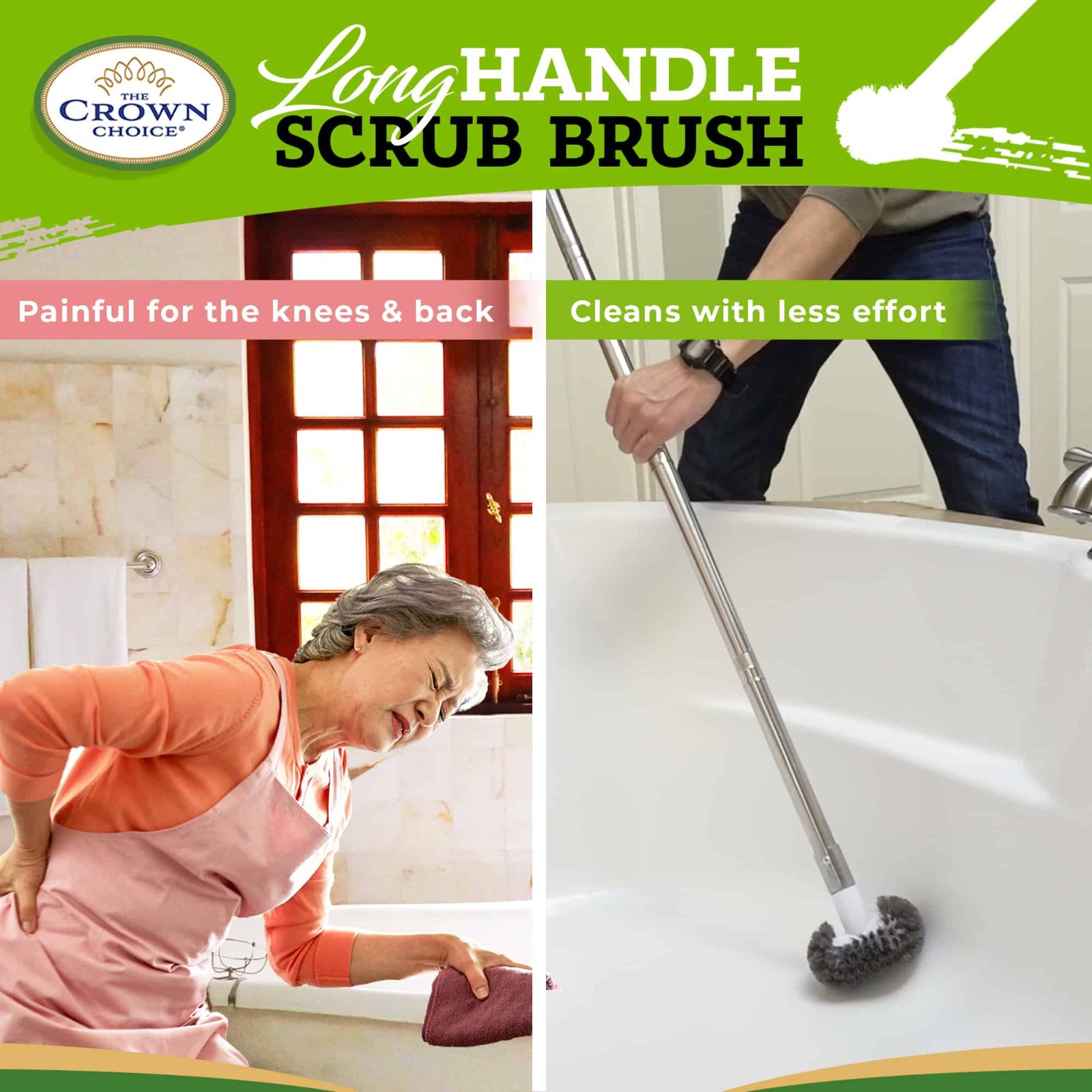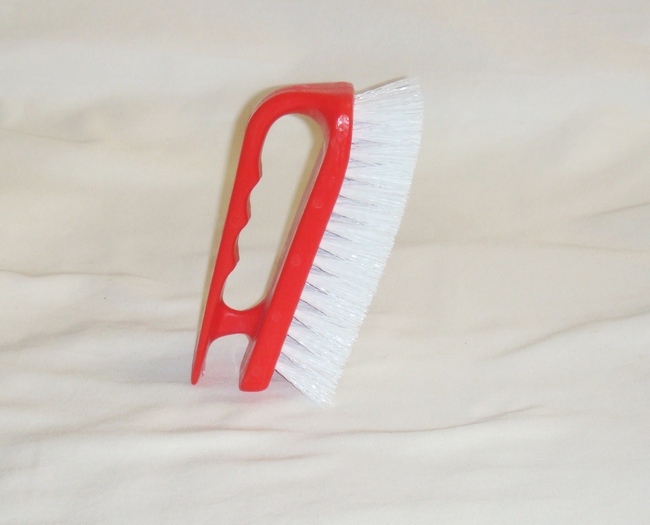Giving Your Outdoor Scrub Brush a New Lease on Life: DIY Handle Repairs

That trusty outdoor scrub brush – the one that conquers grime on patios, decks, and siding – is only as good as its handle. A broken or weakened handle can turn a simple cleaning chore into a frustrating struggle. But before you toss that perfectly good brush head, consider the surprisingly simple DIY repairs you can perform to restore its functionality. This guide will walk you through various repair techniques, from simple fixes to more involved projects, ensuring your scrubbing companion is back in action in no time.
Understanding Handle Failure: Why It Breaks (and How to Prevent It)
Outdoor scrub brush handles usually fail due to repetitive stress, exposure to the elements, and sometimes, just plain old wear and tear. Wood handles can crack, split, or rot from moisture. Metal handles can bend, rust, or break at stress points. Plastic handles, while generally durable, can become brittle over time and snap unexpectedly. Understanding the cause of the damage helps determine the best repair method.
Prevention is key! Proper storage – keeping your brush in a dry, sheltered area when not in use – can significantly extend its lifespan. Regular inspection for cracks or weakening can also help you catch problems early.
Repairing a Broken Wooden Handle

Wooden handles offer a classic feel, but they are susceptible to moisture damage. If your wooden handle has a small crack or split, wood glue can often work wonders. Clean the broken surfaces thoroughly, apply a generous amount of wood glue, clamp the pieces firmly together (using clamps or even strong rubber bands), and allow it to dry completely according to the glue manufacturer’s instructions. For larger breaks or significant rot, replacing the handle might be necessary (see below).
Reinforcement: To prevent future breakage, consider reinforcing the repaired area with epoxy resin or a wood filler. Once dry, sand the repaired area smooth and consider applying a waterproof sealant to protect the wood from further damage.
Repairing a Damaged Metal Handle

Metal handles are generally more durable but can still suffer damage. Minor bends might be straightened with pliers or a vise, but be careful not to over-stress the metal and cause further breakage. For rust, wire brushing followed by a rust-converting primer and paint can restore both appearance and protection. Severe damage, such as a broken handle, often requires replacement.
Repairing a Cracked Plastic Handle
Plastic handles, while often inexpensive, can become brittle and crack. For small cracks, a strong adhesive designed for plastics might provide a temporary fix. Clean the area thoroughly, apply the adhesive, clamp the pieces together, and allow it to cure completely. However, a plastic handle repair is usually less durable than repairs to wood or metal. In many cases, replacement is the most practical solution.
Replacing the Handle: A Step-by-Step Guide
If your handle is beyond repair, replacing it is a straightforward task. You’ll need a new handle (consider the material and length based on your needs) and potentially some tools such as a saw, drill, and screws.
- Remove the old handle: Carefully remove the old handle from the brush head. This might involve unscrewing it, prying it off, or, in some cases, cutting it off with a saw.
- Prepare the new handle: If necessary, adjust the new handle to fit the brush head. This might involve sanding, cutting, or drilling.
- Attach the brush head: Securely attach the brush head to the new handle using appropriate fasteners (screws, bolts, or epoxy, depending on the handle and brush head design).
- Test and Enjoy: Test your newly repaired scrub brush. Ensure the handle is securely attached and comfortable to use.
Choosing the Right Replacement Handle
The best replacement handle depends on your needs and preferences. Wood handles offer a classic aesthetic and good grip but require more maintenance. Metal handles are durable but can be heavier and more prone to rust. Plastic handles are lightweight and inexpensive but can be less durable in the long run. Consider the overall weight, length, and grip comfort when selecting a replacement.
Beyond Repair: When to Replace the Entire Brush
Sometimes, even with DIY repairs, the brush itself might be too worn out. Worn-out bristles, significant damage to the brush head, or simply a need for a better scrubbing solution might warrant replacing the entire brush rather than just the handle. Consider the overall condition of your brush before investing time and effort in repair.
Conclusion: Maintaining Your Scrubbing Power
Repairing your outdoor scrub brush handle is a cost-effective and environmentally conscious solution. By following these steps and choosing the right repair or replacement method, you can extend the life of your cleaning tool and save money. Remember that preventative maintenance, such as proper storage and regular inspection, will keep your scrub brush working hard for years to come!